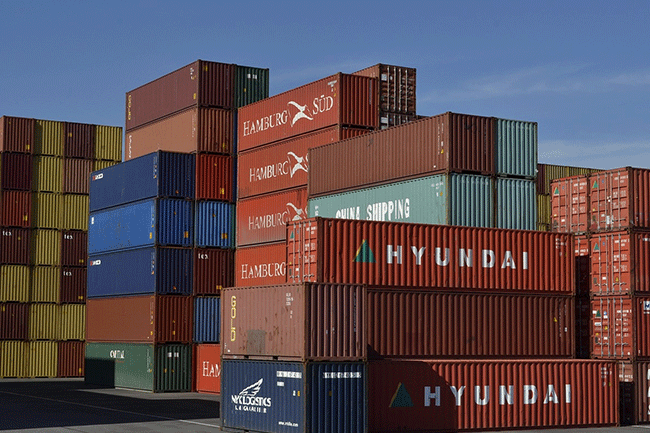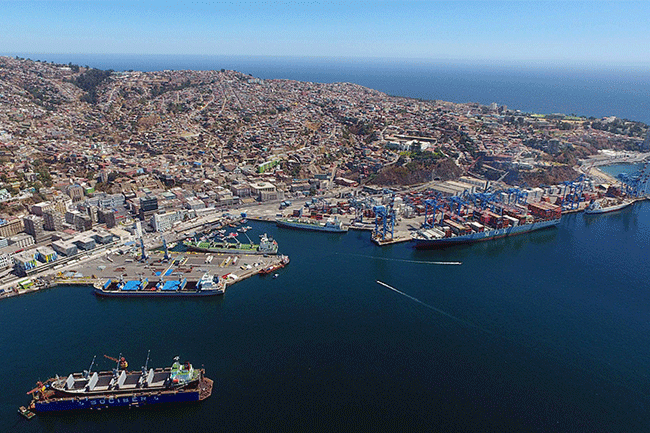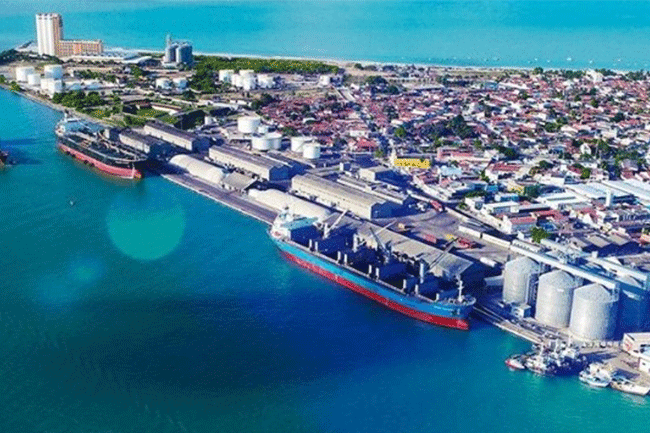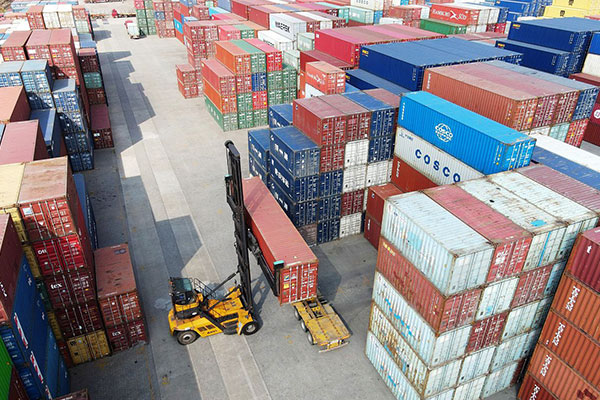- Shanghai Zhongshen International Trading Co., Ltd. – Your reliable partner with 20 years of import/export agency service expertise.
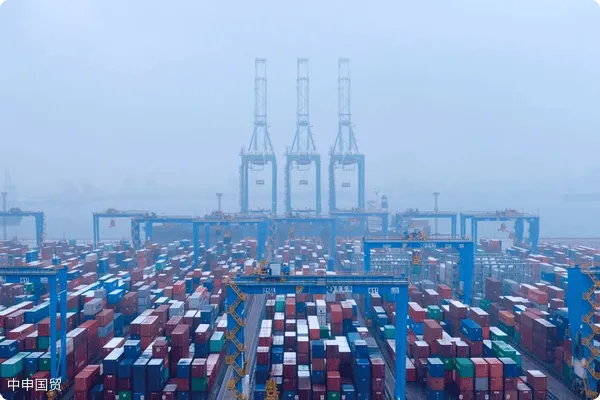
Industry Status and Clearance Characteristics
According to the data from the General Administration of Customs for the first quarter of 2025, the import value of textile machinery products increased by 12.7% year-on-year, mainly involvingSpinning equipment,Weaving machineryandFinishing equipmentThree major categories. Import countries show diversification trend, with German and Japanese equipment accounting for 45%, while emerging equipment suppliers from Southeast Asia increase their share to 28%.
Core procedures of customs clearance
- Qualification pre-review stage
- Compulsory certification: Carding?3C certification?Automated Control Module for Directory Coverage
- License management: Key points for import license application of special industrial equipment
- Original factory documentation: Verification standards for consistency between equipment nameplate parameters and declaration
- Document preparation specifications
- Basic documents: Completeness review of trade contracts/commercial invoices/packing lists
- Special certificates: Conversion instructions between Japanese JIS certification and EU CE certification
- Shipping documents: Preparation standards for tally reports of large equipment disassembly and transportation
- Tax calculation system
- Tariff calculation: Application priority between provisional tax rates and agreement tax rates
- VAT treatment: Separation of tax calculation methods for equipment commissioning service fees
- Incentive policies: Application process for tax exemption quotas of technological transformation projects
Typical risks and prevention strategies
When a Jiangsu enterprise imported warping machines from Italy in 2025, due toDisputes over commodity classificationresulting in 17 days of port detention. Through professional agency intervention, by supplementingFunctional principle descriptionAndTechnical parameter comparison table, successfully adjusted HS code from 8448.39 to 8448.31, reducing tax rate from 8% to 5%.
- Common risk types
- Classification errors: Attribute determination of special parts for textile equipment
- Documentation Flaws:Origin CertificateSigning authority compliance of certificates
- Logistics exceptions: Moisture-proof packaging acceptance standards for precision components
- Prevention and control measures
- Establish equipment parameter database for intelligent pre-classification
- Adopt dual-review mechanism to ensure document compliance
- Develop segmented transportation plan to reduce cargo damage risks
Criteria for Selecting Proxy Services
Professionalforeign tradeAgents should possess the following service capability matrix:
- Industry experience: No fewer than 50 cases of textile machinery imports
- Service network: Establishment of customs clearance emergency teams at major ports
- Risk Control: Pre-review system automatically identifies 95% of declaration errors
- Response time requirements: Submission of supplementary materials within 2 hours of customs inquiry
Analysis of practical cases
When a Southeast Asian textile group introduced German air-jet spinning equipment in 2025, the agency company achieved3-day rapid customs clearance:
- Handle in advanceTemporary import guaranteeprocedures
- Coordinated with shipping companies to implementDoor-to-door supervised transportation
- ApplyPre - classification rulingConfirmed HS code system
Future operation recommendations
Import enterprises are advised to focus on:
- Under the RCEP agreementCumulative rules of originApplications
- The latest version from the General Administration of CustomsClassification guidance opinionsNews
- For intelligent equipmentSoftware copyright filingrequirements
? 2025. All Rights Reserved.
